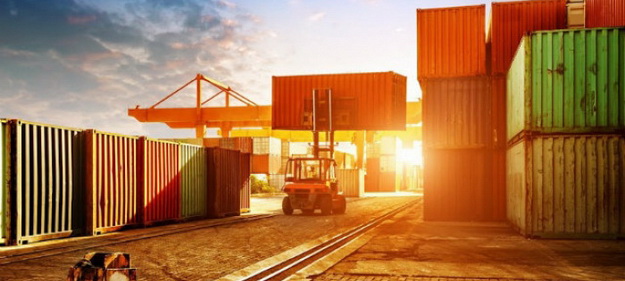Revenue generated by exports in May totalled US$ 225.2 million, a balance 10.4% lower than the total recorded in the same period last year, with US$ 251.4 million.
In the year (January to May), pork exports totalled 506.6 thousand tons, which is 5.3% higher than the total accumulated in the same period of 2023, with 481.1 thousand tons. Revenue generated by shipments in the first five months of the year reached US$ 1,064 billion, a balance 7.3% lower than the total accumulated in the same period last year, with US$ 1,149 billion.
“The pace of exports continues to be positive in relation to the record achieved in 2023," said Ricardo Santin, president of ABPA. "Asia and nations in the Americas continue to be the 'driver' of the sector's international sales, however, with changes on the board of the main importers. The expectation is that we will have results equivalent to or greater than those recorded last year, however, with a greater presence of other destinations."
The main importer of pork, China was the destination for 111.4 thousand tons of the product between January and May, a number 36.7% lower than the total shipped in the same period last year. In a different flow, the Philippines imported 70.2 thousand tons, an increase of 84.8% compared to the same period in 2023. Next are Chile, with 43.017 thousand tons (+25.7%), Hong Kong, with 43.006 thousand tonnes (-16.2%), Singapore, with 32.3 thousand tonnes (+11.2%) and Japan, with 27.4 thousand tonnes (+92.8%).
“The flow of exports to Asia is taking on new contours, with notable growth in sales to the Philippines, Singapore and Japan, assimilating the decline in Chinese imports and expanding the reach of Brazilian exports," said Luís Rua, market director at ABPA. "At the same time, we see Brazil's old partner, Russia, resuming imports of the product."
In the survey by state, Santa Catarina remains the main exporter, with 280.5 thousand tons exported between January and May, a number 7.3% higher than that recorded in the same period last year. Next is Rio Grande do Sul, with 106.2 thousand tons (-4.1%), Paraná, with 65.3 thousand tons (-1.75%), Mato Grosso, with 14.8 thousand tons (+ 46.3%) and Mato Grosso do Sul, with 11 thousand tons (+1.4%).



